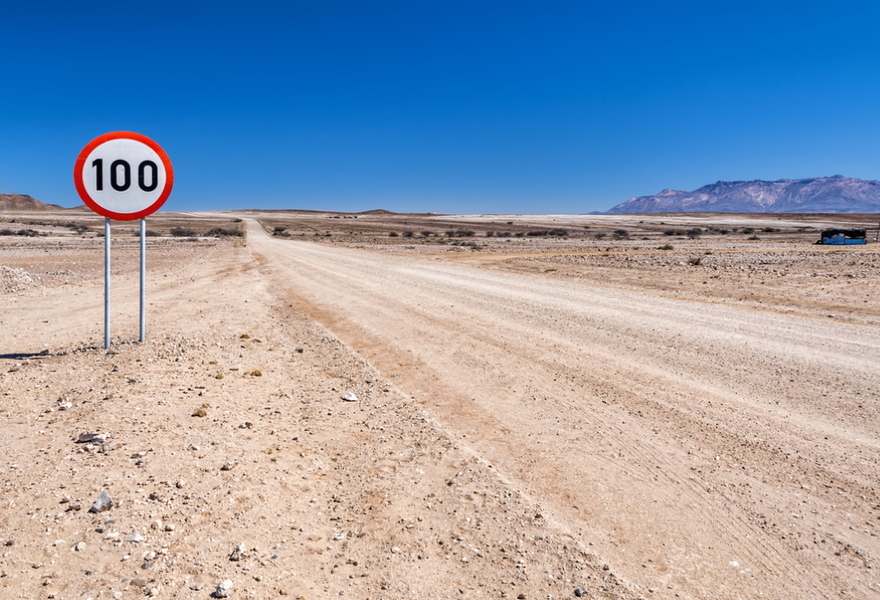The climate can handle road access for all
New study highlights a key UN development goal: 4 million additional kilometres of driveways, total cost of 3,000 billion dollars, 1.5 percent of carbon budget for 2 degree target.
One of the UN Sustainable Development Goals is to ensure universal access to transport infrastructure. While such road extension would weigh very heavily on individual country budgets, it would not strain the global budget for carbon emissions. This is the conclusion of a recent study by a team of researchers led by the Potsdam Institute for Climate Impact Research (PIK), including contributions of the Berlin-based climate research institute MCC (Mercator Research Institute on Global Commons and Climate Change). The study has now been published in the renowned journal Environmental Research Letters.
The team found that currently a share of approximately 14 per cent of the world’s population lives more than 2 kilometres from a road. "We computed how many kilometres of roads would have to be built in each country, how much the construction might cost, and finally, how many CO2 emissions would ensue the construction and increased traffic on those roads”, explains Leonie Wenz of PIK, lead author of the study. To connect 97.5 percent of the population to transportation infrastructure in all countries, about 4 million kilometres of additional roads would be required, which corresponds to an expansion by 8 percent. Access gaps are largest in sub-Saharan Africa and Southeast Asia. Angola or Indonesia, for example, are cases where currently more than half of the population travels further than 2 kilometres to the nearest road.
Construction of these roads would require 3,000 billion dollars. “Much like in logistics, the last mile to cover, or rather the last household to connect, is the most expensive”, explains Jan Steckel, head of the MCC working group Climate and Development. “For comparison, connecting only 90 percent of the population to roads in each country would require only about 700 million dollars. But aiming for 97.5 percent means that some countries would face costs that amount to more than half of the current economic output of a year – especially in Africa and the Middle East, where both need and costs are highest.”
By 2100, emissions resulting from construction of and traffic on new roads will amount to around 16 gigatonnes of CO2, the researchers have calculated. This presumes that all roads be built by 2030, employing today’s carbon-intensive modes of provision. Calculated emissions would account for 1.5 percent of the total carbon budget, i.e. the amount of carbon humankind can still emit to keep global warming below 2 degrees. The conclusion: there is no trade-off between economic development goals and climate protection, when considering road infrastructure. However, projects would require careful planning to avoid excessive loss of forest and biodiversity, for example.
Reference of the cited article:
Wenz, L., Weddige, U., Jakob, M., Steckel, J., 2020, Road to glory or highway to hell? Global road access and climate change mitigation, Environmental Research Letters
iopscience.iop.org/article/10.1088/1748-9326/ab858d






